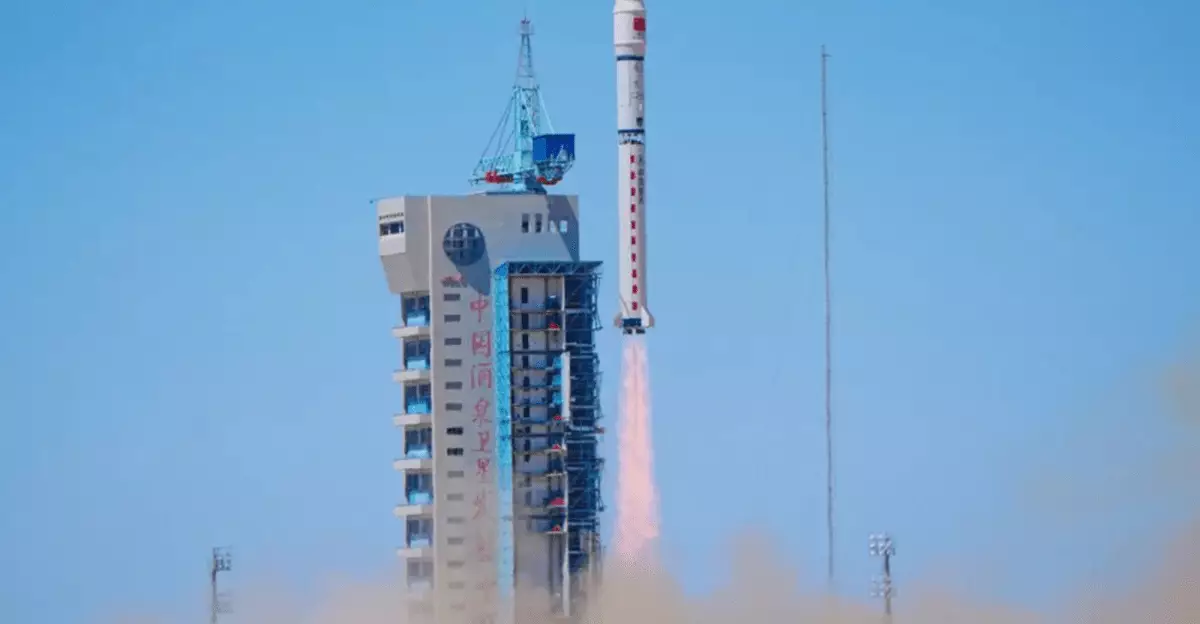China’s ADA Space has embarked on an ambitious journey by launching the first batch of its planned 2,800-satellite network, aimed at revolutionizing the landscape of artificial intelligence and high-performance computing in space. This initiative, dubbed the “Star Compute” program, marks a pivotal milestone not only for China but for the global tech community. The unprecedented scale of this project underscores China’s intention to spearhead advancements in satellite technology and AI development.
The Power of Self-Sufficient Satellites
One of the remarkable features of the ADA Space satellites is their ability to process data autonomously in orbit. Traditionally, satellite data is sent back to Earth for analysis, which introduces latency and bandwidth limitations. With onboard AI models that can execute 744 tera operations per second, these satellites represent a significant leap forward. By enabling each of the 12 launched satellites to process information independently, China is setting the stage for immediate data analysis in real-time settings, whether that be for scientific research or emergency responses.
Innovative Communication Techniques
Communication in space is often plagued by delays, but ADA Space’s satellites have tackled this challenge head-on. Using advanced laser technology, these satellites can communicate at speeds up to 100 Gbps, significantly enhancing their ability to share information. This swift communication ensures that data collected from one satellite can rapidly inform and refine the processes of its counterparts within the constellation, fostering a cohesive network that optimizes performance and efficiency.
Game-changing Applications and Potential
The implications of this satellite network are vast. Each satellite is equipped for scientific exploration, carrying payloads like an X-ray polarization detector that can detect phenomena such as gamma-ray bursts. However, the potential uses extend well beyond just academic pursuits. For example, the satellites’ capability to generate 3D digital twin data opens doors for innovative applications across diverse sectors, including emergency management, tourism, and even gaming. This capability not only enhances interactivity and realism in those fields but also offers invaluable resources for timely, accurate decision-making during crises.
A New Workspace in the Skies
The advent of a space-based supercomputer network challenges conventional paradigms around data transmission. The South China Morning Post reports that less than 10% of satellite-generated data successfully makes it to Earth due to bandwidth constraints and ground station availability. By establishing a system that processes data in orbit and increases operational efficiency, ADA Space is poised to shatter these limitations, thereby enriching the amount and quality of data reaching Earth.
The launch of ADA Space’s satellite network is emblematic of a transformative era in global technology. It seems clear that the ability to harness AI in space will not only accelerate scientific discovery but could ultimately redefine how we approach data utilization across various industries. China is not just launching satellites; it is redefining the very nature of how we understand and interact with our vast universe.

